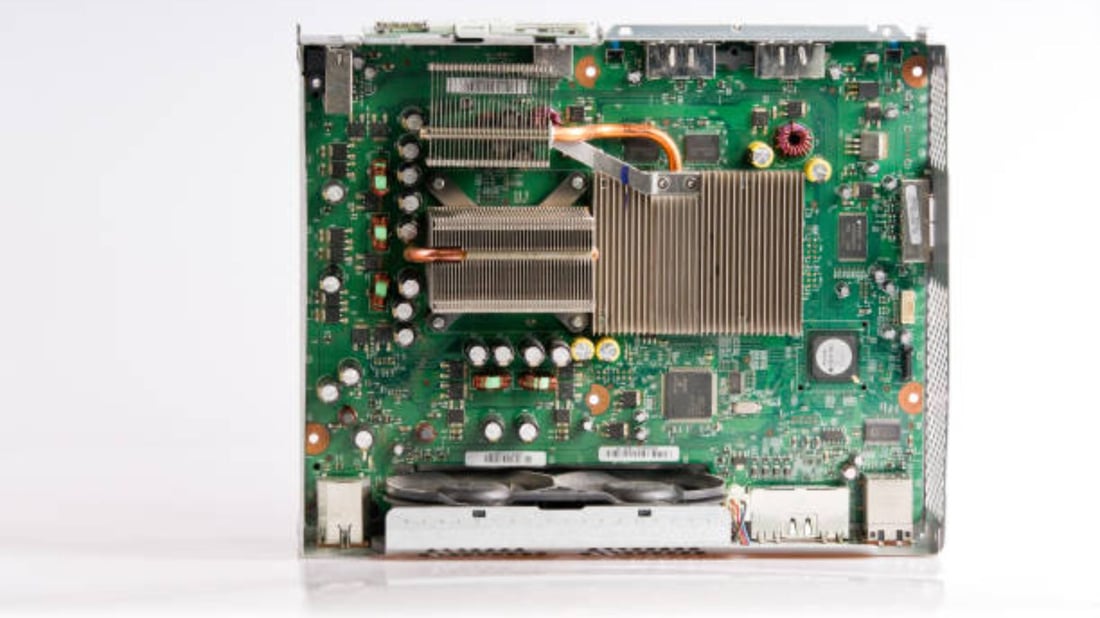When it comes to heat sink design, choosing the right shape is crucial for optimal thermal performance. The shape of a heat sink can impact its ability to dissipate heat efficiently, so it's important to understand the different options available.
Rectangular Heat Sinks
Rectangular heat sinks are one of the most common shapes used in electronics cooling. They are versatile, easy to manufacture, and can be customized to fit a variety of applications. However, rectangular heat sinks may not always offer the best thermal performance compared to other shapes.
Cylindrical Heat Sinks
Cylindrical heat sinks are another popular choice for cooling electronic components. The cylindrical shape allows for efficient airflow around the heat sink, which can enhance thermal performance. However, cylindrical heat sinks may be more challenging to integrate into certain designs due to their shape.
Pin Fin Heat Sinks
Pin fin heat sinks are designed with small pins or fins extending from a base plate. This design increases the surface area of the heat sink, allowing for greater heat dissipation. Pin fin heat sinks are commonly used in applications where space is limited, as they can provide high thermal performance in a small package.
Extruded Heat Sinks
Extruded heat sinks are typically rectangular or cylindrical in shape and are made by extruding aluminum or copper profiles. This manufacturing process allows for intricate designs and custom shapes to maximize cooling performance. Extruded heat sinks are a popular choice for many electronic devices due to their versatility and efficiency.
Plate Fin Heat Sinks
Plate fin heat sinks consist of a base plate with multiple fins attached to increase surface area. This design allows for efficient heat dissipation through convection, making plate fin heat sinks ideal for high-power applications. Plate fin heat sinks are available in various shapes and sizes to suit different cooling requirements.
Geometric Shapes in Heat Sink Design
When designing a heat sink, geometric shapes play a crucial role in determining the overall thermal performance. Shapes such as squares, circles, triangles, and hexagons can all impact heat transfer and airflow within the heat sink. Engineers carefully consider the shape of the heat sink to optimize heat dissipation and minimize thermal resistance.
Optimizing Heat Sink Shape for Specific Applications
Depending on the application and cooling requirements, certain heat sink shapes may be more suitable than others. For example, a pin fin heat sink may be ideal for a compact electronic device, while a plate fin heat sink may be better suited for a high-power LED lighting fixture. By choosing the right shape, engineers can ensure optimal thermal management.
Thermal Performance vs. Aesthetic Design
While thermal performance is the primary consideration in heat sink design, aesthetic design also plays a role in shaping decisions. Some applications may require heat sinks to be visually appealing or fit within specific space constraints, which can influence the shape of the heat sink. Balancing thermal performance and aesthetics is essential in creating an effective cooling solution.
Future Trends in Heat Sink Design
As technology advances and electronic devices become more compact and powerful, the demand for efficient heat sink designs continues to grow. Future trends in heat sink design may focus on innovative shapes and materials to enhance thermal performance while maintaining a small form factor. Engineers and designers will need to stay abreast of these trends to meet the evolving needs of the electronics industry.
Conclusion
Choosing the best shape for a heat sink requires careful consideration of the specific application, thermal requirements, and space constraints. While there are various shapes available, each with its own advantages and limitations, the ultimate goal is to create a heat sink that maximizes heat dissipation while ensuring reliable performance. By understanding the different shapes and their impact on thermal management, engineers can design effective cooling solutions for a wide range of electronic devices.

